- World Population Review Newsletter
- Posts
- Who Will Treat Us? The Global Doctor Crisis
Who Will Treat Us? The Global Doctor Crisis
A world short on healthcare workers—and where the gaps are growing fastest.
In partnership with Livelong Newsletter
Greetings, inquisitive mind of world events!
Picture this: You’re in a new city. A medical emergency hits.
But the doctors are… gone.
This isn’t science fiction—it’s the reality unfolding in countries across the globe. From nurse walkouts in London to shuttered clinics in rural Japan, healthcare systems are buckling under strain.
In this edition, we uncover the roots of the global healthcare worker crisis: where the gaps are widening, who's leaving the profession—and which nations are scrambling to rebuild. Whether you're eyeing retirement abroad, safeguarding your health, or investing in the future, this affects you.
Let’s find out who’s left to care for the world—and what happens next.
Longevity Isn’t About Adding Years. It’s About Adding Quality to Them.
Longevity isn’t hype—it’s a lifestyle. The Livelong Newsletter curates the most fascinating science on healthspan, biohacking, skin health, cognition, and more.
From “fasting mimetics” to blood tests that detect Alzheimer’s early—we’ve got the intel you won’t see on mainstream wellness blogs.
As life expectancy rises, the need for medical care rises with it—but the supply of caregivers is shrinking. Why? Fewer young people entering healthcare. More professionals burning out. And a tidal wave of aging patients.
🇯🇵 Japan, where over 29% of the population is 65+, has one of the world’s oldest doctor workforces.
🇮🇹 Italy is facing a wave of retirements, with nearly half of its general practitioners expected to leave by 2028.
🇺🇸 United States forecasts a shortfall of up to 124,000 physicians by 2034.
🌍 Global consequence: Many countries will face critical access issues—particularly in rural areas—unless bold workforce strategies are adopted fast.
Unexpected insight: The world will need an additional 10 million health workers by 2030 to meet basic healthcare standards (WHO).
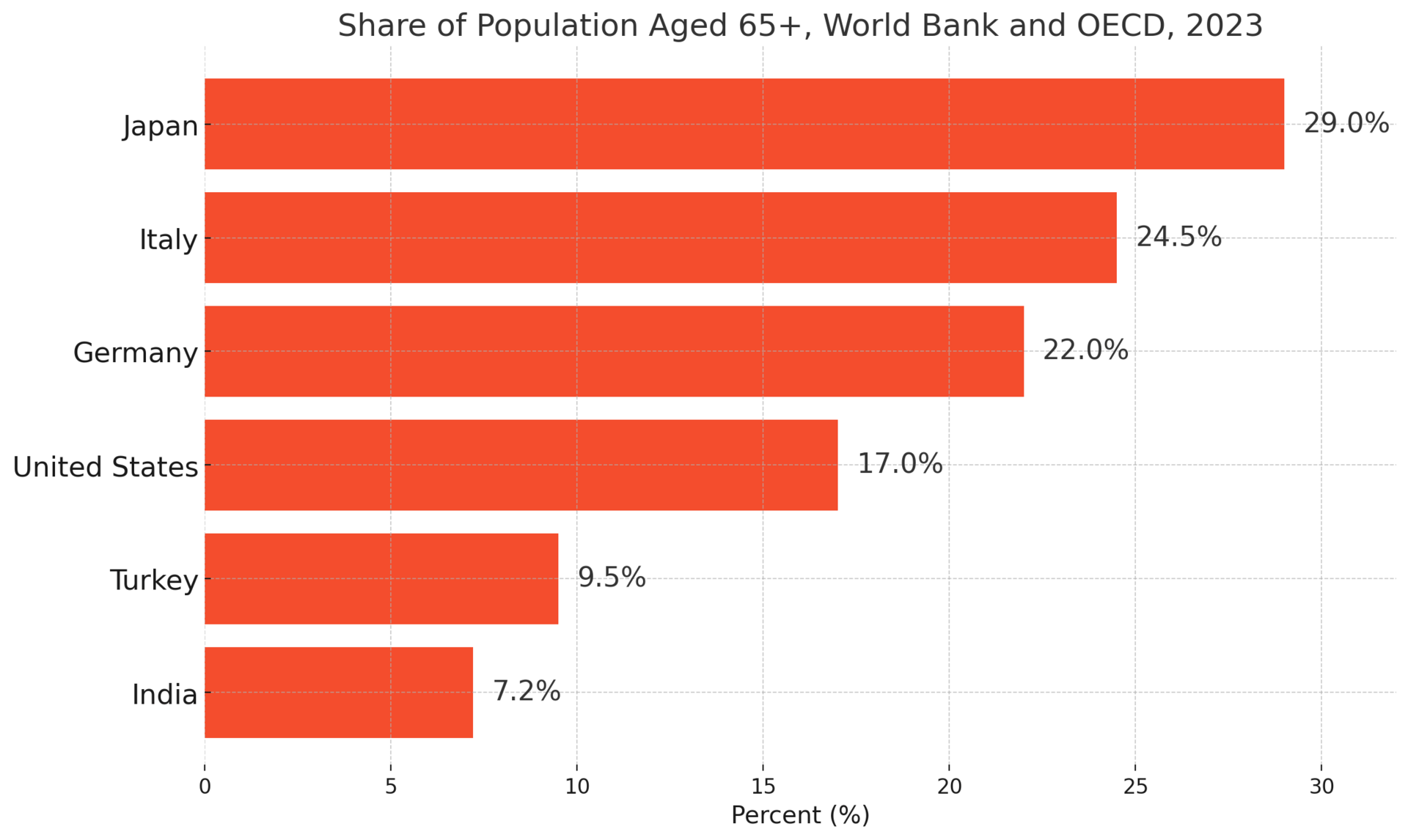
While doctors headline the crisis, nurses are its backbone—and they’re buckling. Pandemic fatigue, poor pay, and overwhelming workloads have led to mass departures.
🇬🇧 In the UK, over 40,000 nurses quit in a single year.
🇦🇺 In Australia, 1 in 5 nurses say they plan to leave the profession within 12 months.
🇵🇭 In the Philippines, once a major exporter of nurses, many are turning down overseas contracts due to low domestic wages and mistreatment abroad.
The ripple effect? Longer wait times, lower patient care standards, and fewer mentors for new nurses.
Did you know? U.S. nurse vacancy rates now exceed 15% nationally, reaching up to 25% in some regions.
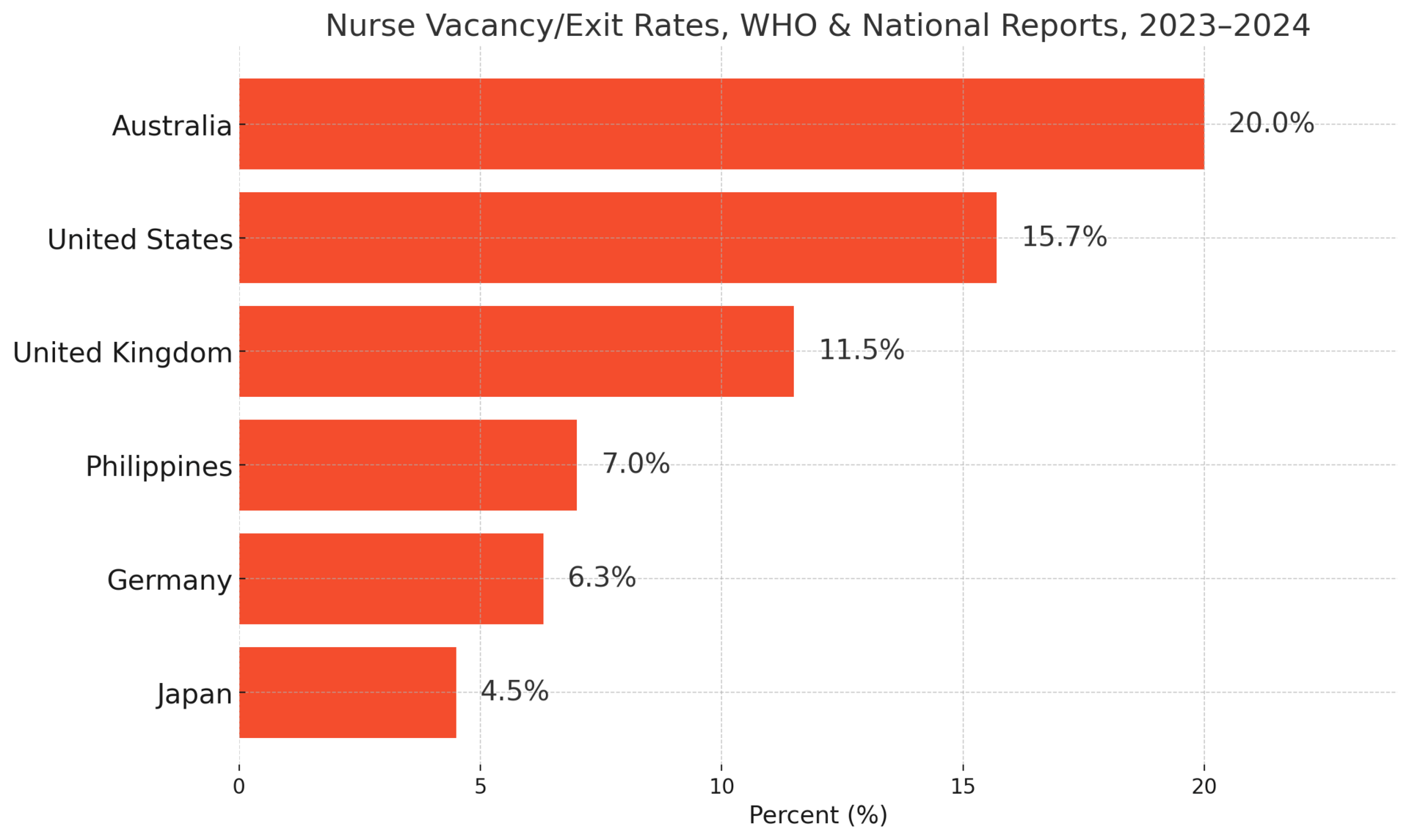
Doctors and nurses are crossing borders in record numbers. Some nations are recruiting aggressively. Others are watching their medical talent disappear.
🇨🇦 Canada has doubled its intake of internationally trained doctors since 2010.
🇬🇧 UK healthcare is now powered by thousands of Filipino and Indian nurses.
🇳🇬 Nigeria, meanwhile, is in crisis: it has just 1 doctor for every 5,000 people, far below the WHO's recommended ratio of 1:1,000.
Even 🇺🇸 the U.S. now relies heavily on foreign-trained doctors—nearly 30% of its physician workforce.
🌐 For retirees or expats, this migration shapes where care is strongest—and where it’s slipping away.
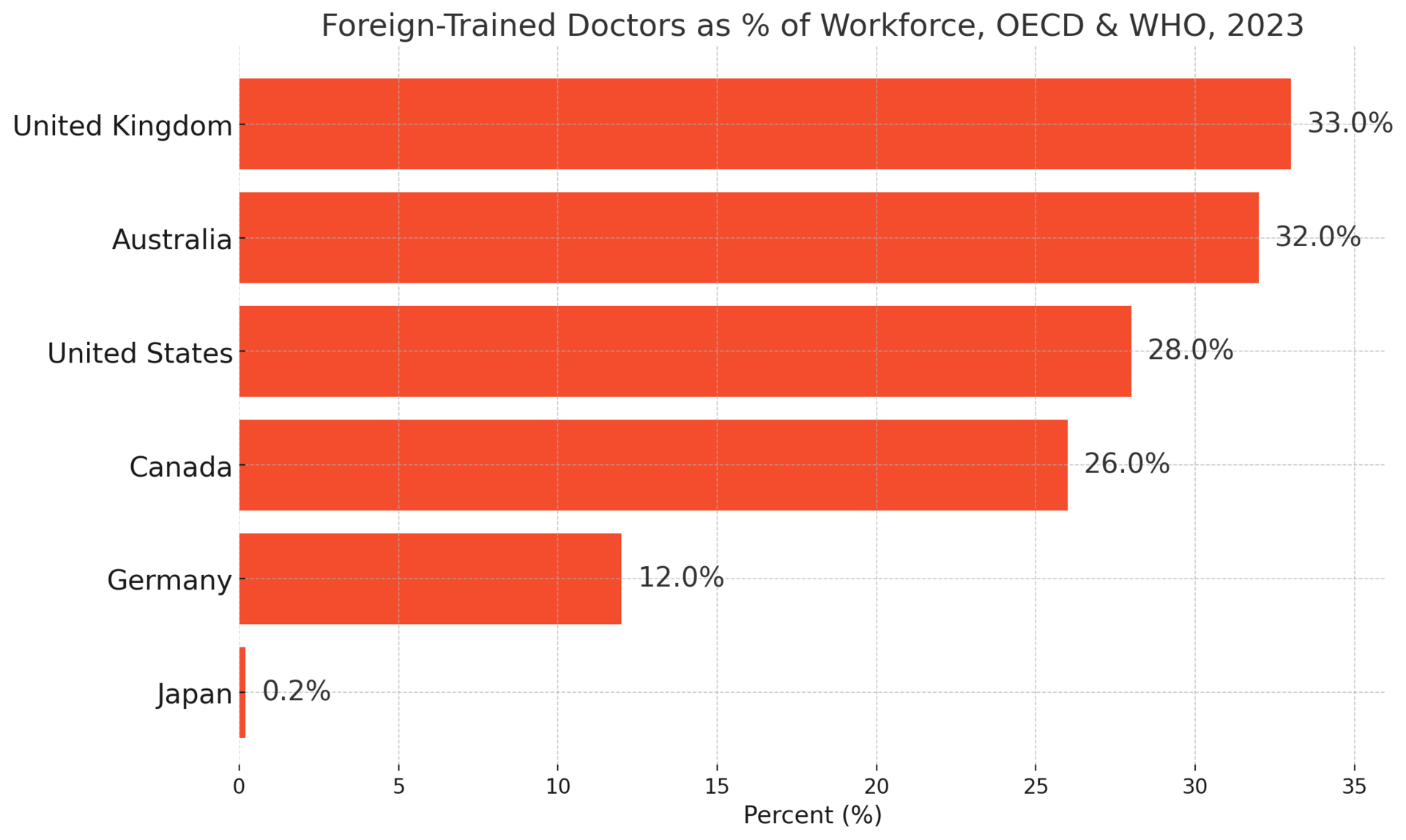
Add Life to Your Years, Not Just Years to Your Life
The Livelong Newsletter brings you longevity breakthroughs that feel less like trends—and more like timeless upgrades. From energy to skin to cognition, this is where science meets self-care.
Can technology fill the healthcare gap? Many are betting on it—but results vary.
🇮🇳 India’s “eSanjeevani” telemedicine platform has logged over 150 million consultations.
🇨🇳 China is deploying AI for diagnostics in radiology and pathology.
🇰🇷 South Korea leads in robotic surgeries and digital hospitals.
But technology has limits. Virtual care still requires trained humans behind the screen. And in rural or aging populations, tech alone won’t close the gap.
💡Eye-opener: The global AI-in-healthcare market is forecast to reach $188 billion by 2027—but without people, even the smartest systems stall.
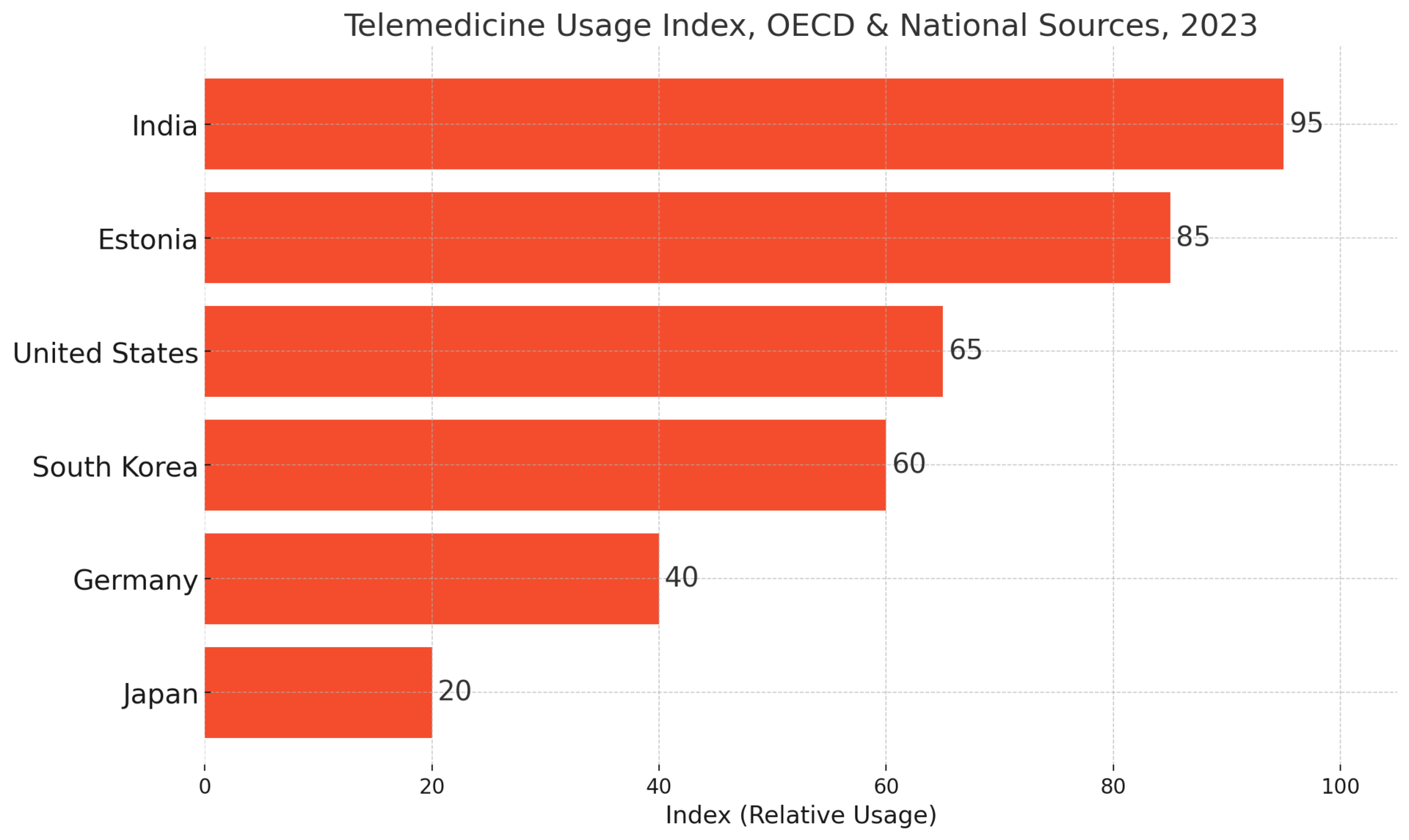
Can we just train more doctors and nurses? In theory, yes—but time is the enemy.
🇹🇭 Thailand has launched rural fast-track medical programs.
🇷🇼 Rwanda is collaborating with U.S. universities to expand its training capacity.
🇩🇪 Germany now offers accelerated integration for refugee doctors.
But it still takes 8–10 years to fully train a physician in most countries. And fewer young people are choosing healthcare, especially in high-stress roles like primary care.
Fascinating fact: In the U.S., enrollment in nursing programs dropped 10% in 2023—the first major decline in over a decade.
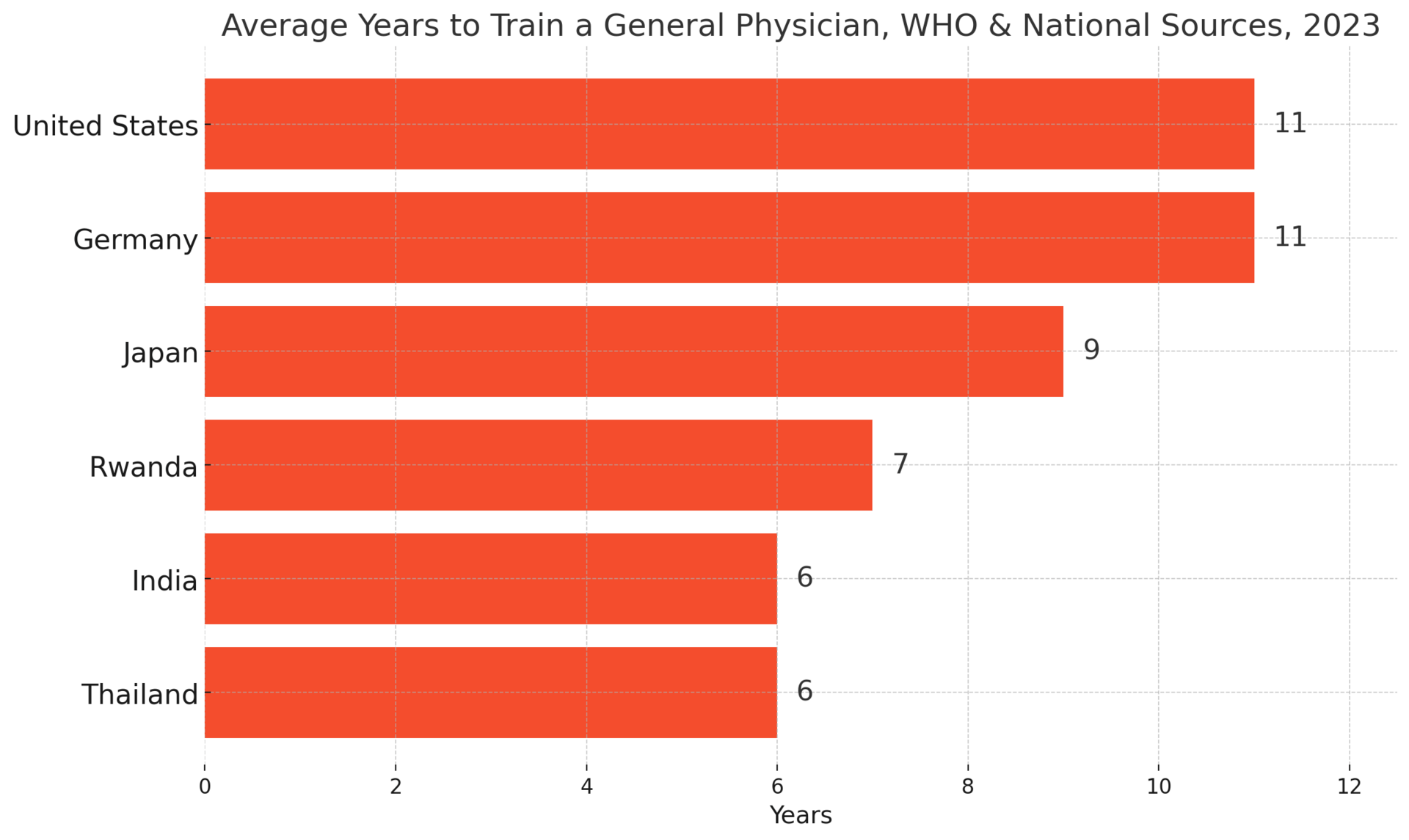
Some nations are meeting the crisis with inventive reforms.
🇵🇹 Portugal and 🇪🇸 Spain are actively recruiting from Latin America, offering residency incentives.
🇸🇦 Saudi Arabia provides tax-free salaries and housing for foreign-trained physicians.
🇸🇬 Singapore funds elite overseas medical training for its citizens—on the condition they return to serve locally.
These moves are reshaping global talent flows—and opening new opportunities for those willing to work abroad.
🌟 Unexpected twist: 🇮🇪 Ireland now offers free medical school for EU students in exchange for five years of public service.
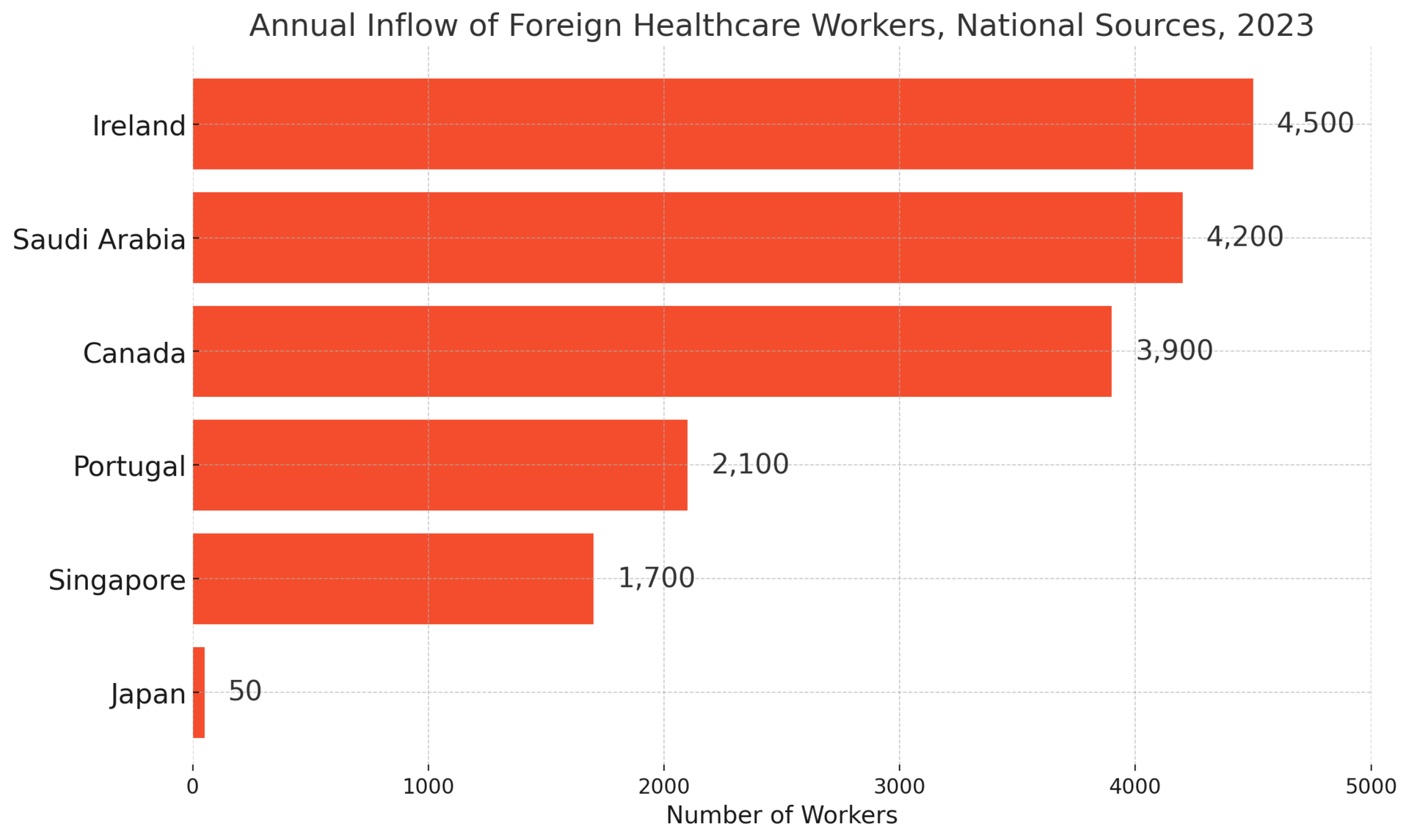
This isn’t just a story about policy—it’s about your future health security.
Thinking of retiring abroad? Starting a business? You’ll want to know how stable the local healthcare workforce is. Nations like 🇦🇺 Australia, 🇳🇱 the Netherlands, and 🇸🇬 Singapore are leading the way in workforce strategy, while others are at risk of falling behind.
Actionable insight: Before you relocate, research a country’s doctor-to-population ratio, retention policies, and medical school pipeline. These will shape your access to care.
🔎 Did you know? In 2024, 🇳🇴 Norway had 4.9 doctors per 1,000 people—among the highest globally. By contrast, 🇭🇹 Haiti had just 0.2.
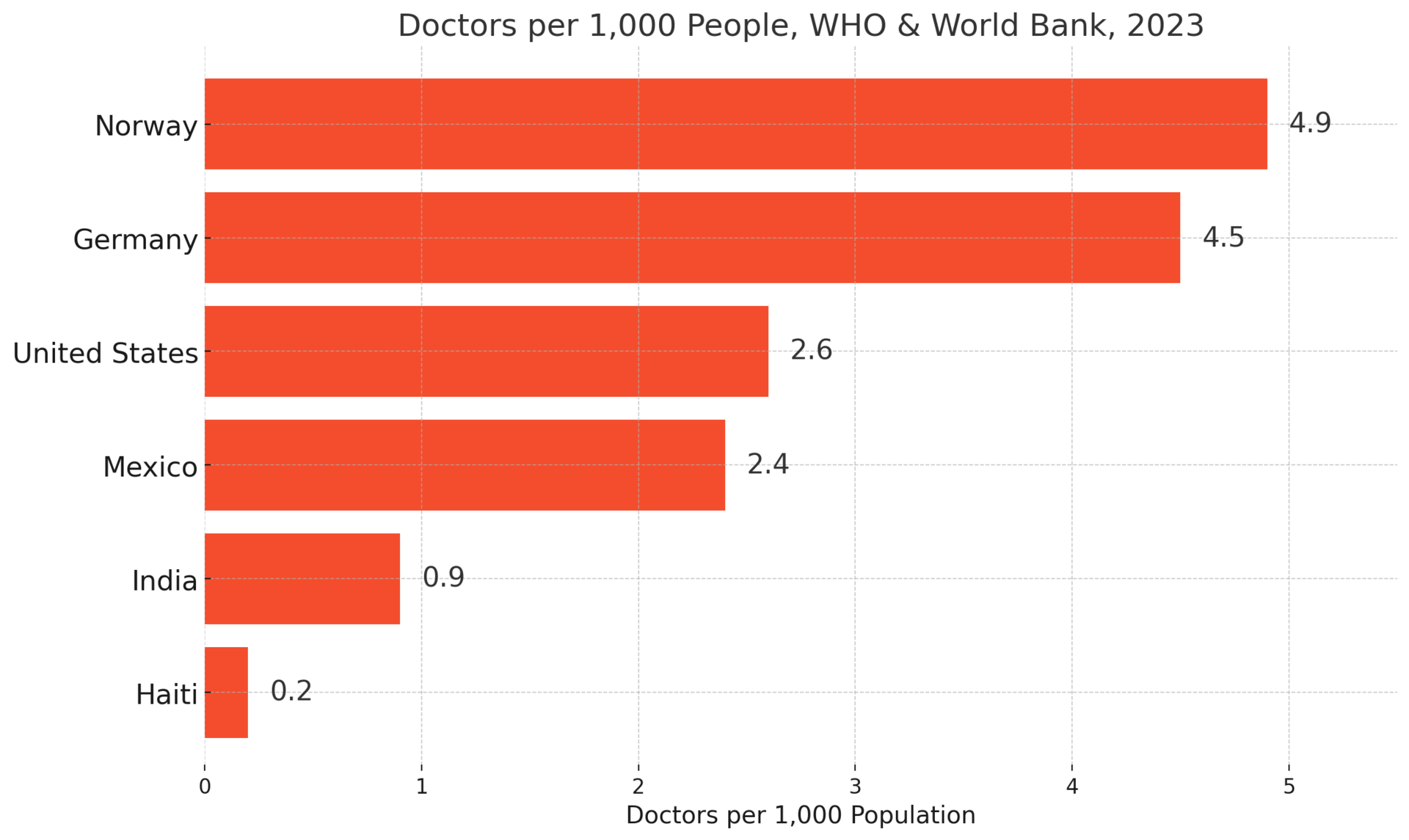
The global healthcare worker shortage is complex—but not invisible. As systems strain, staying informed becomes an act of self-care.
Whether you're looking for better care, safer investments, or peace of mind for your family, knowing who’s treating us—and where—might just be the most vital insight of all.
Until next time, stay curious, stay well, and keep asking the big questions.
Warm regards,
Shane Fulmer
Founder, WorldPopulationReview.com
P.S. Want to sponsor this newsletter? Reach 124,000+ global-minded readers — click here!

